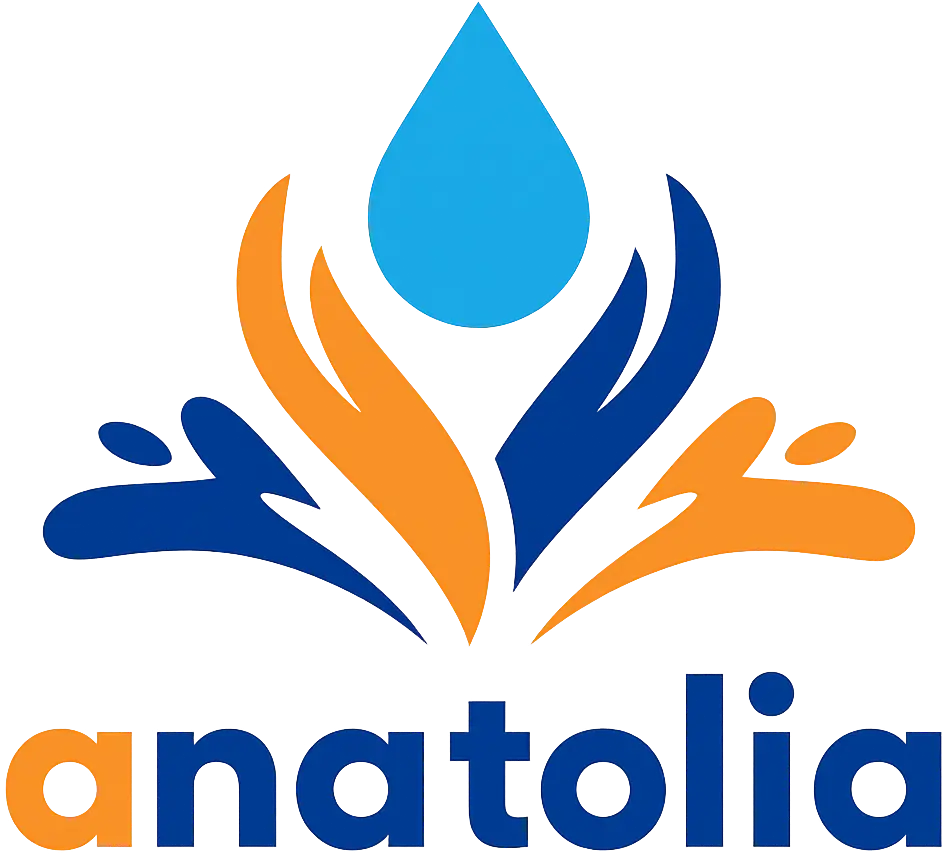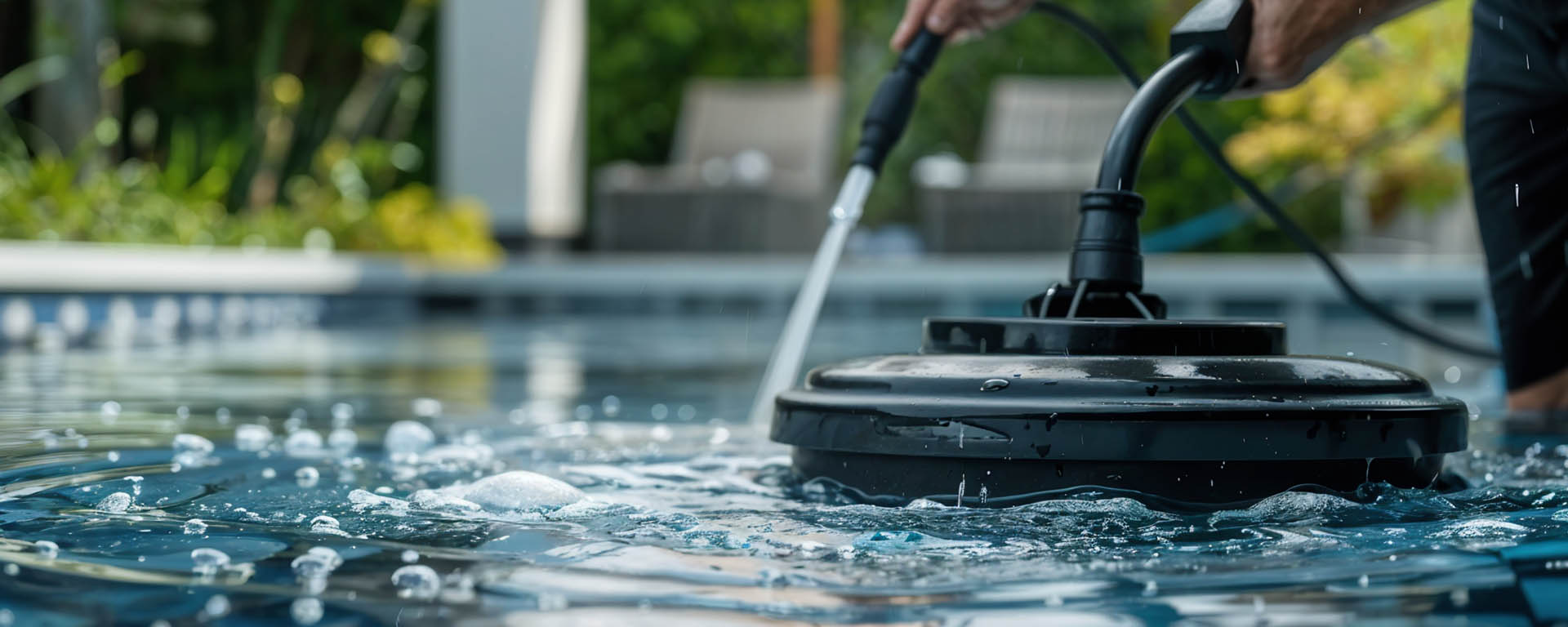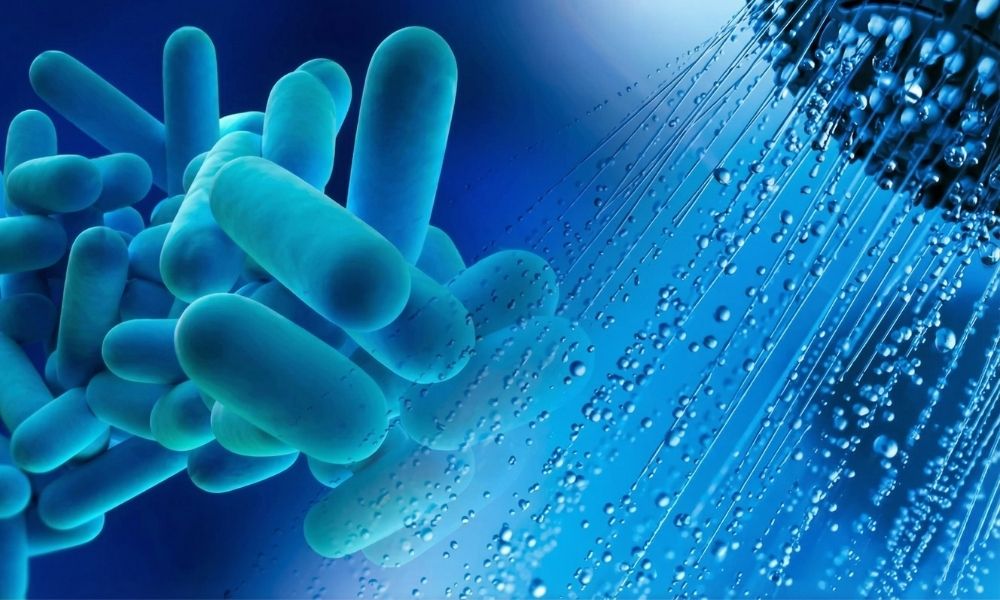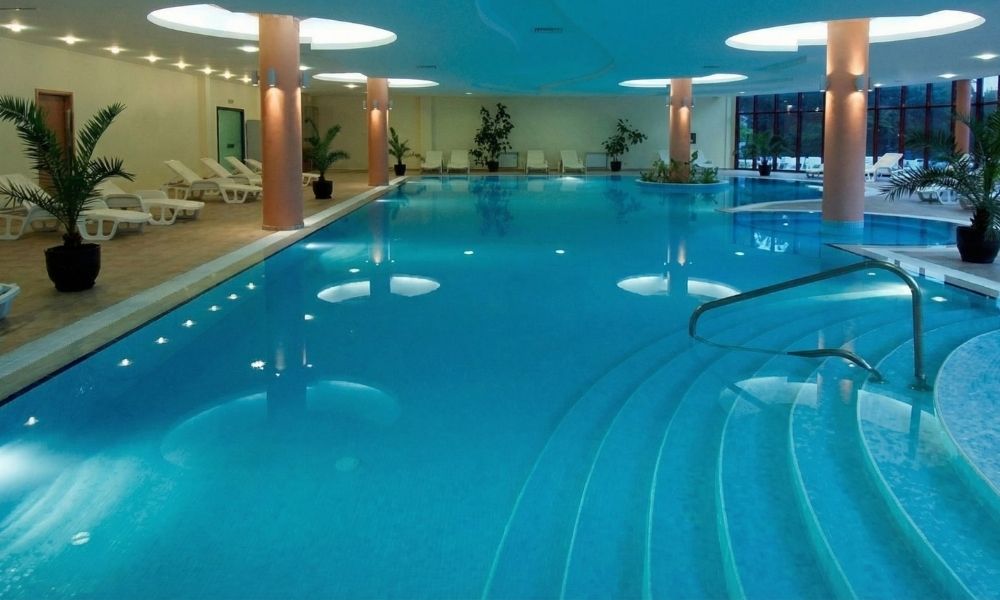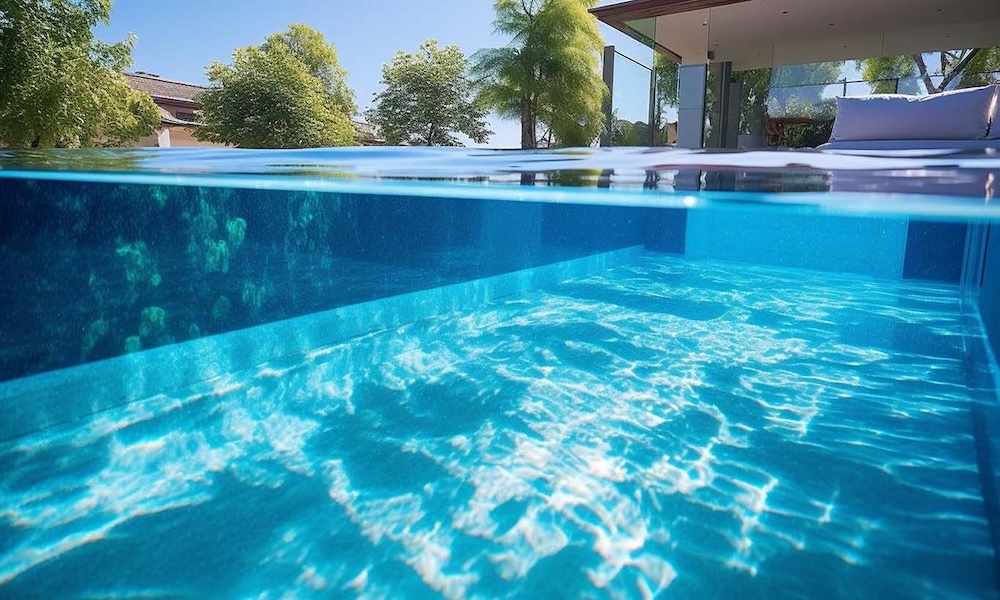
Antalya’s long summer is a gift—but in shoulder seasons, the right pool heating makes all the difference. This guide compares heat pump, solar collectors and heat exchanger solutions across investment, operating cost and maintenance. Goal: reach target temperature quickly, efficiently and safely—matched to your budget and usage profile.
Set Your Goals First
- Usage profile: Villa, residential site or hotel/aquapark?
- Water temperature: 26–28 °C (typical), 30–34 °C (spa/children)
- Season: April–June & Sept–Nov support, or year-round?
- Energy access: Electrical capacity, central boiler line, roof area
- Noise & placement: Neighbor sensitivity, indoor/outdoor plant room
Pool Heating Options — Quick Comparison
| System | Typical Advantage | Watch Out For | Best Fit |
|---|---|---|---|
| Heat pump (air-to-water) | High COP, fast install, precise control | Electrical capacity, outdoor unit noise/placement | Villas, sites, hotels (shoulder seasons) |
| Solar collectors | Lowest operating cost, sustainable | Roof area, weather dependence | Villas/sites with large roofs |
| Heat exchanger (with boiler) | Rapid transfer, integrates with existing line | Boiler capacity, hydraulic balance, fuel cost | Hotels/sites with central boilers |
Heat Pump: Efficiency, Sizing & Noise
In Antalya’s climate, a heat pump delivers strong COP in shoulder seasons. Inverter models offer better part-load efficiency and lower noise. Size by pool volume, target temperature and local wind/grid conditions. With the right heat exchanger, bypass and automation, operation stays stable.
- Pros: High efficiency, precise control, quick commissioning
- Cons: Outdoor unit location & noise, electrical capacity
- Ideal: Villas/sites, season extension
Solar: Low Opex, Right Area
Thanks to long sunshine hours, solar collectors cut operating costs through the season. Success depends on adequate collector area, hydraulic balancing and protective automation against freeze/overflow. A hybrid with a heat pump is a strong strategy in shoulder months.
- Pros: Lowest operating cost, sustainability
- Cons: Roof/terrace space, weather dependence
- Ideal: Large-roof villas/sites, hybrid systems
Heat Exchanger: Central Integration
With an existing boiler or central line, a plate heat exchanger transfers heat safely to the pool loop. Key points: hydraulic balance, sufficient boiler capacity and materials compatible with pool chemistry. In hotels, prioritise between DHW and pool via automation.
- Pros: Fast heating, reuse existing infrastructure
- Cons: Fuel-cost exposure, boiler loading
- Ideal: Hotels/sites with central boilers
Sizing Quick Guide
| Pool Volume | Heat Pump (approx.) | Solar Area (approx.) | Heat Exchanger (approx.) |
|---|---|---|---|
| 30–40 m³ | 9–12 kW | 12–18 m² | 20–30 kW |
| 40–60 m³ | 12–16 kW | 18–28 m² | 30–45 kW |
| 60–90 m³ | 16–24 kW | 28–40 m² | 45–70 kW |
Values are indicative for shoulder-season targets and local conditions; for accurate selection, request a site visit and professional sizing.
Automation, Cover & Hydraulics: Hidden Savings
- Automation: Smart timers, thermoregulation, ORP/pH integration
- Heat-loss control: Night cover, wind protection
- Hydraulics: Proper circulation, filtration and bypass tuning
- Maintenance: Condenser cleaning, refrigerant/flow sensors, calibration
The right automation & control stack cuts annual energy costs and keeps water chemistry stable.
Quick Scenarios: Which Pool Heating Fits You?
- Villa (40–60 m³): Inverter heat pump + night cover → flexible & quiet
- Residential site: Heat pump cluster + automation → scalable
- Hotel: Central line heat exchanger + peak-hour heat pump assist → continuity
- Large roof area: Solar + heat pump hybrid → lowest opex
FAQ
Will a heat pump work in winter?
Yes, but efficiency depends on ambient temperature. In Antalya it’s ideal for shoulder seasons; use a hybrid for winter.
Is solar alone enough?
Great in summer; in shoulder months a hybrid delivers more predictable results.
Does a heat exchanger need chemistry-safe materials?
Absolutely—choose compatible materials and proper hydraulic separation to avoid corrosion/leaks.
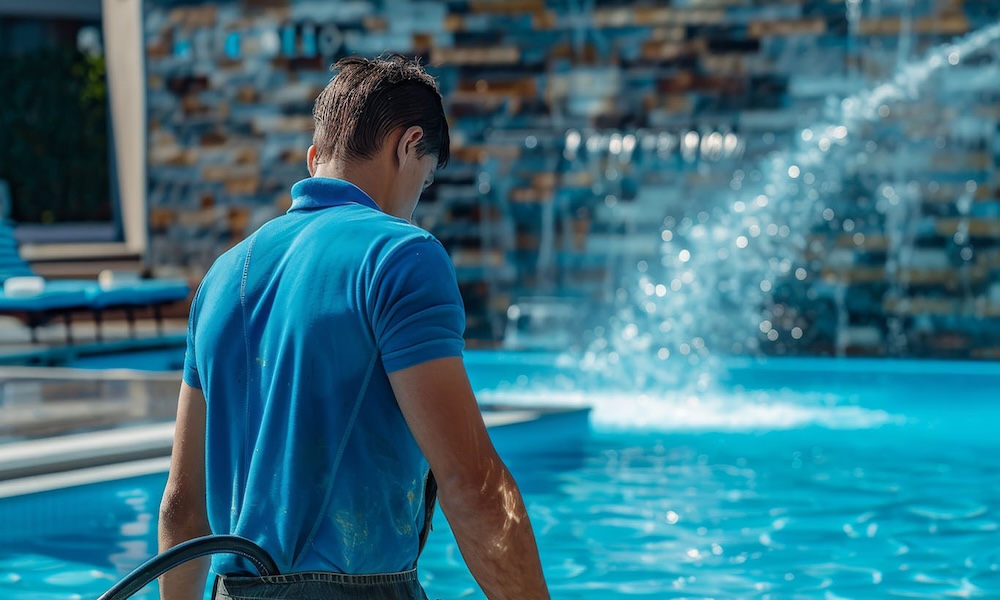
Peak-season bather load and compliance demands can push hotel pool chemical costs upward fast. The good news: with the right automation, scheduled water analysis and standardized dosing, most properties can cut consumption by 10–20%. This guide offers practical steps to improve water quality while protecting your budget.
Why Do Hotel Pools Overuse Chemicals?
- Unstable pH and incorrect ORP setpoints
- Weak circulation/filtration efficiency and short-circuit flows
- Wrong CYA (stabiliser) level and high TDS
- Inconsistent sampling and insufficient training
- Out-of-calibration probes and inaccurate dosing
Quick Wins — Impact in the First 30 Days
| Action | Expected Impact | Note |
|---|---|---|
| ORP/pH automation setpoint review | 5–10% chemical savings | Track daily trends |
| Probe calibration (weekly) | Accurate readings, stable dosing | Two-point buffer |
| Filtration optimisation (backwash/media) | Less turbidity, lower consumption | Monitor ΔP |
| Balance via LSI | Reduced corrosion/scaling risk | Align pH/TA/CH |
Smarter Dosing with ORP/pH Automation
At hotel scale, the biggest gains usually come from automatic dosing. Correct ORP and pH setpoints, calibrated probes and reliable hydraulic injection points keep water chemistry within tight tolerances—lowering chemical costs and complaint rates.
- Recommended setpoints: pH 7.2–7.4, ORP 650–750 mV (by pool type)
- Doser selection: peristaltic or diaphragm based on range
- Data logging: daily trend charts and alarm thresholds
For integration and equipment see: Chemical Supply & Dosing • Automation & Control
Routine Water Analysis & Sampling Standards
A weekly full panel plus daily pH/chlorine/ORP checks—evaluated together with LSI—prevents over-dosing. Without proper sampling technique, no reading is trustworthy.
- Sampling: mid-depth while circulation is on
- Panel: pH, free/combined chlorine, alkalinity, calcium hardness, CYA, TDS
- Report: trend chart + action plan
External support: Water Analysis & Testing
Example Savings Scenario — 300 m³ Hotel Pool
| Item | Current | After Optimisation |
|---|---|---|
| Free chlorine target | Fixed 3.0 ppm | 1.5–2.0 ppm (ORP-controlled) |
| pH control | Manual | Automatic dosing, 7.2–7.4 |
| Monthly chlorine use* | 100 units | 80–88 units |
*Illustrative; actual numbers vary by bather load and pool type.
Weekly Checklist
| Task | Status |
|---|---|
| Probe calibration (pH/ORP) | ☐ |
| Backwash and ΔP record | ☐ |
| LSI calculation (pH/TA/CH) | ☐ |
| Trend report and alarm log | ☐ |
FAQ
Is ORP alone enough?
No. ORP must be evaluated together with free chlorine and pH.
Why does CYA matter?
High CYA lowers chlorine effectiveness; for outdoor pools, 0–50 ppm is preferred.
Minimum requirements for automation?
Proper probe placement, correct injection points, safe chemical storage and data logging.
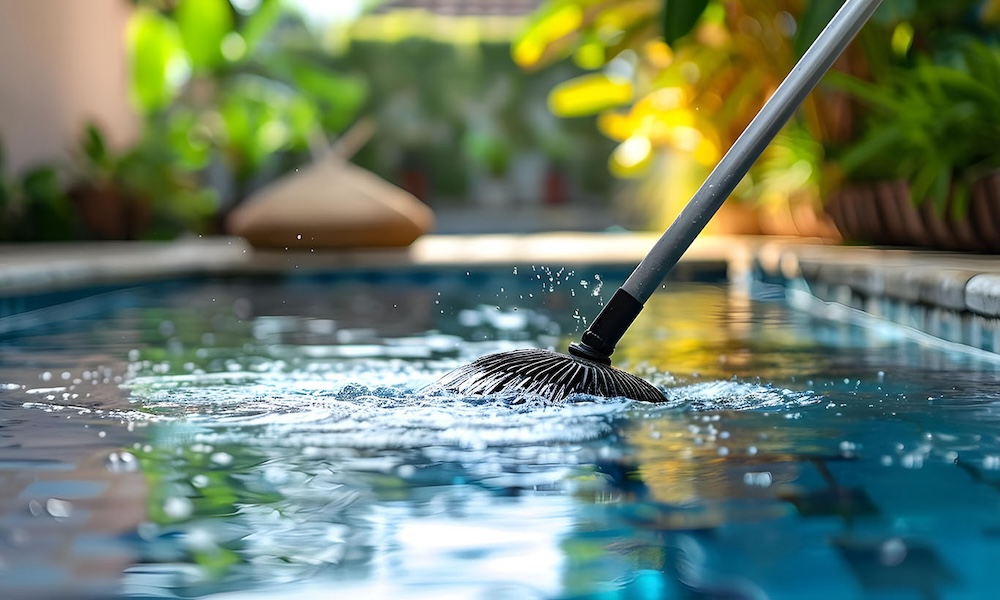
When deciding on pool construction, choosing the right build type is critical. In this comprehensive guide we compare concrete pools, prefabricated pools (panel+liner) and fiberglass pools for Antalya conditions—looking at installation speed, design flexibility, durability, maintenance and total cost of ownership (TCO).
Quick Comparison — Three Build Types Side by Side
| Criterion | Concrete Pool | Prefabricated Pool | Fiberglass Pool |
|---|---|---|---|
| Installation Time | Medium/Long (site works + curing) | Short (panel assembly + liner) | Shortest (one-piece shell) |
| Design Flexibility / Size | Maximum (freeform/depth freedom) | High (modular, limited forms) | Medium (bound by mould sizes) |
| Durability / Lifespan | Very high (with proper waterproofing) | High (steel panel + critical liner care) | High (single-piece, elastic body) |
| Maintenance & Operation Ease | Varies by finish (tile/mosaic/PVC liner) | Easy (refresh with liner replacement) | Easiest (smooth gelcoat, lower use) |
| Initial Cost / TCO (3–5 yrs) | Medium/High (custom build + labour) | Medium (fast setup, predictable) | Medium/Low (low maintenance edge) |
| Leak / Waterproofing Risk | Application-dependent (waterproofing & grout quality) | Low/Medium (monitor liner punctures) | Low (seamless one-piece shell) |
| Relocation Potential | None (fixed structure) | Possible (disassemble–reinstall) | Limited (logistics/access must suit) |
Concrete Pool — Unlimited Design, Top-Tier Durability
Built exactly to your project’s dimensions and form, a concrete pool combines architectural freedom with longevity. With proper waterproofing, quality concrete and professional finishes (tile, mosaic, PVC liner), you get a premium result.
- Pros: Maximum design freedom, high durability, prestigious finishes
- Watch-outs: Site duration, weather windows, waterproofing details
- Best for: Villas (private pools), hotel showcase projects
Prefabricated Pool — Fast Assembly, Predictable Budget
Factory-made panels are assembled on site and sealed with a liner, so a prefabricated pool can be commissioned quickly. From maintenance to renewal, processes are planned and predictable.
- Pros: Rapid installation, low construction impact, controlled cost
- Watch-outs: Liner integrity, protection from sharp objects/UV; periodic checks are essential
- Best for: Summer homes, residential community pools; relocation scenarios
Fiberglass Pool — Fastest Delivery, Low Maintenance
Thanks to its one-piece shell, a fiberglass pool achieves the shortest installation time. The smooth gelcoat surface reduces biofilm build-up, cutting chemical use and cleaning time. Size and form are limited by mould options, but for popular plans speed and comfort are unmatched.
- Pros: Fastest delivery, low maintenance, predictable quality
- Watch-outs: Logistics/access; cranes and transport planning for larger sizes
- Best for: Time-sensitive villa projects, boutique properties
Quick Scenarios — Which Pool Fits Whom?
- Signature architecture and standout look: Concrete pool
- Quick commissioning + predictable budget: Prefabricated pool
- Minimum maintenance + short lead time: Fiberglass pool
- Infinity/overflow edges and custom forms: Concrete (advanced detailing)
- Seasonal use with potential relocation: Prefabricated (disassemble–reinstall)
TCO (Total Cost of Ownership) — 3–5 Year View
| Item | Concrete | Prefabricated | Fiberglass |
|---|---|---|---|
| Initial investment | Medium/High (custom build) | Medium (modular setup) | Medium (mould-limited) |
| Periodic maintenance | Depends on finish | Liner monitoring/replacement | Low (gelcoat cleans easily) |
| Water/chemical use | Varies by circulation/finish | Medium (smoother, liner advantage) | Lowest (smooth surface) |
Note: Qualitative ratings vary by project, equipment selection and operations.
FAQ
Which pool is the most durable?
A well-detailed concrete pool can last decades; a fiberglass pool offers a seamless shell. Choose based on project conditions.
Which is the fastest to deliver?
Fiberglass is typically the fastest; prefabricated follows closely.
Which is the easiest to maintain?
Thanks to its smooth gelcoat, fiberglass is usually easiest; in prefabricated pools the liner is critical; in concrete pools it depends on the finish.
